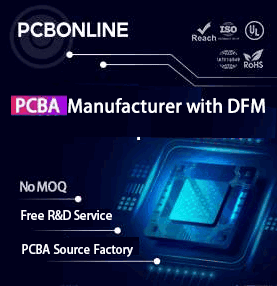Metal powder is vital in numerous industries. It’s valuable in aerospace and medical arenas due to its flexibility and detail-oriented use in production processes. From forming complex geometries to enabling advanced technologies, metal powders are at the heart of innovation. This article delves into the intricate process of metal powder manufacturing. Keep on reading!
Raw Material Selection: The Foundation of Quality
Making metal powder starts with picking the right raw materials. The metals or alloys chosen will set the tone for how good and what kind of final product is made. Often, high-purity metals like iron, aluminum, titanium, and nickel are picked depending on where they’ll be used next.

Every material has to pass quality tests to check that it’s up to spec in terms of composition, purity, and structural integrity. By putting a premium on initial ingredient excellence, manufacturers can guarantee that their powders stay reliable when used later on.
Atomization: Transforming Metals into Fine Powders
Making powders from metals is often done through a process called atomization. First, they melt the metal to piping hot temperatures and then break it down into tiny droplets using high-pressure gas or liquid currents. The little drops cool off fast and harden into small, even particles.
Gas atomization results in roundish pieces perfect for 3D printing, while water atomization creates irregular particles suited for sintering and powder metallurgy. Atomizing does not just decide particle size or shape but also ensures that every piece has uniform properties—critical when performance counts.
Post-Processing: Enhancing Powder Properties
After the powder is made, it undergoes some refining steps. Sieving, blending, and heat treatments are all involved in getting particle size right on target, along with good flowability and mechanical strength.
Sometimes, a little chemical assistance gets involved, too, to clear out impurities or boost resistance against oxidation. These processes ensure that metal powders meet stringent industry standards and are optimized for specific applications, such as additive manufacturing, coatings, and compacting.
Packaging and Distribution: Delivering Precision
Making metal powder involves packaging and shipping. It’s important to pack everything right so the powder’s quality is kept safe from dampness, dirt, or exposure that could cause it to oxidize. Manufacturers use specialized containers and inert gas environments to ensure the powders remain in pristine condition during transportation and storage.
After they’re packed, these powders are sent far and wide across industries, where they play their part in all sorts of applications, pushing technology forward and promoting industry innovations.
Conclusion
Making metal powder is a clear example of science and engineering working together. From choosing the right base materials to product packaging, each link in this chain matters when it comes to delivering top-drawer powders that jumpstart innovation across different sectors.
As technology evolves further, the need for precision-engineered versatile metal powder will also increase, shedding light on just how important this refined process really is.

